Escondido, Honeymoon, and Agua Verde
A bit of land (and water!) cruising to bide our time…
Donna had a few calls with the doctors in San Diego to work out scheduling, so we spent some more time in Puerto Escondido. To pass the time, we decided to head up into the mountains, following a trail into a slot canyon known variously as Tabor Canyon and Steinbeck Canyon. Rumor has it, this was John Steinbeck’s favorite hike along Baja when he came through.
We walked from the marina, out the paved marina access road, crossed the main highway, passed the electrical substation, and continued along a dusty dirt road, easily two to three miles to the trailhead, accompanied along the way by overhead electrical transmission lines.
Eventually, we came to a massive concrete culvert, and climbed down into it to start heading up the dry stream bed. Following the little stacks of rocks placed here and there by previous hikers, we made our way back into the slot valley. At places, the trail would go vertical between massive boulders, assisted by a knotted rope left and strategically placed logs.
As we walked, small pools stagnant water started to appear, slowly getting larger as we walked farther back into the canyon. Palm trees and other green plants became more common as the canyon narrowed, becoming more oasis-like.
As we tired, we decided to head back, given the long walk down the dusty road. As we passed the Tripui Hotel on the marina access road, we convinced ourselves that we deserved a break, and stopped for a couple of cold drinks and a snack. Sitting on the outdoor patio next to the swimming pool, we ordered a plate of aguachile — essentially, a ceviche, but with more chiles and fewer tomatoes — and downed it all before slowly walking back to the marina.
We also spent a day with Bill and Sally of SV Second Verse. We went out to Mission San Javier, the second most enduring Spanish mission in Baja. Although its objective was to bring Christianity to the native Cochimí Indian tribe, the concentration of the population at the mission facilitated the spread of European diseases, such as smallpox and measles, reducing the native population from 482 in 1768 to 83 in 1808, and then finally, in the nineteenth century the Cochimí became extinct as a culture and as an identifiable people. But the church is pretty.
We were chatted up by Cedró, a local resident, who showed us the three hundred year old olive trees planted in the 1700s by the missionaries, as well as the beautiful spring-fed reservoir that supplies the mission with water.
Several days were taken up with phone calls, and scheduling. To get phone service, we’d have to get in the dinghy and head over to the marina docks, then go sit at the picnic tables outside the restaurant to get a usable wifi signal, so we didn’t always have full days just to tour.
One afternoon, after a morning of calls, we decided to do a hike up in the hills around the marina itself. We took the marina over to a small beach on the side of the lagoon, and headed up into the hills over the west side of the mooring field. We were able to walk up and over the hills, towards the nearby neighborhood of Juncalito, with its shores open to the Sea of Cortez, just on the northern side of the marina.
Finally, all the scheduling was complete, and we knew where we were going and when we needed to be there. Surgery would be in San Diego on February 18th, and we’d be back in Loreto on March 6th. So, how to spend the couple of intervening weeks? Take the boat, get out of the marina, and head out to the islands, of course!
Our first stop was Ballandra. Don’t be confused, as there are two Ballandras, one down near La Paz, and this second one, out at the very eastern end of Isla Carmen. Before starting up the engine and dropping the mooring, I gave the engine a quick check to be sure everything was ship shape, and discovered the alternator belts on the massive 210A alternator that charges our house bank were cracked and needing replacement. Luckily, I keep several sets onboard, and replacement went quickly. This time I didn’t tension them quite so much, and hopefully this set will last a bit longer.
Cruising up the length of Isla Carmen, we watched as a huge super yacht headed towards our destination. They were about a half hour ahead of us, and we watched as the massive length of the hull slowly shortened as it disappeared in between the rocks guarding the entrance to the anchorage, finally disappearing altogether. About ten minutes later, the bow reappeared, and we got to watch it slowly lengthen again. Apparently, they didn’t think they quite fit, or couldn’t find a suitable place to drop anchor, and decided to anchor outside. We kept our fingers crossed that there would be room for us!
When we arrived, we found that the northern end of the anchorage was dominated by a comparatively small motor yacht called Whiskey Dawn, and the center harbored a couple of sailboats. We managed to drop up in the northwestern corner in about 20 feet of water, and went about getting our dinghy out.
Whiskey Dawn turned out to run by a bag of tools, as it turned out, who left their music playing at concert level volume until 11:50PM, on their outdoor speakers, with no one outside the boat. To seal the deal, they dropped the contents of their sewage tank into the anchorage as they left in the morning. We could still see the fetid stain they left floating in the water just outside the anchorage when we left the next day.
The sailors all got the anchorage to themselves the next day, though. We met our neighbors on the beach, swapped stories about the night before, and then invited them to Salacia for sundowners later in the day. The next morning, after breakfast, we pulled up anchor and headed back to Marina Puerto Escondido for a few days to avoid some weather rolling in from the North.
But we didn’t want to spend too much more time in port, since we knew we only had a couple of weeks to go before leaving for San Diego for Donna’s surgery, and we wanted to make the most of it.
As soon as the weather started to drop, we headed off to Honeymoon Cove on Isla Danzante, just outside the marina, and anchored for a night with our friends on Rochambeau.
First up was the hike. John and Marcie had done this hike before, and while we heard stories about the hikes they’d embark on after we’d already done a few with them, we hadn’t heard anything about their steep hike tolerance before we went on this one. It started out super tame — a quick climb up to the ridge, a right turn, and a gently increasing slope. Then the slope increased. The trail was bordered with little patches of small bunches of cactus covered in clusters of long, sharp spines. The soil was dry and dusty, full of loose, slippery scree. Going up wasn’t too bad!
We got the top, and the view was amazing. Full 360º views of Isla Carmen to the northeast, the Baja coast to the west, and south along Isla Danzante. Definitely worth the hike! Of course, somehow, we never took the panorama from the top!
The way down was much more precarious, and there was much butt sliding as we carefully made it down, and, rumors to the contrary, no one fell into the bunches of spiny cactus!
After a night at anchor in a nice calm anchorage, we sailed south to Agua Verde, where we spent a solid few days exploring the local area, and sampling all the taco stands available! They were both super tasty! Second Verse had spent the previous night out at the windy end of Isla Carmen at Salinas, and had arrived in Agua Verde early in the morning.
The first full day in the anchorage, we had a quick morning snorkel on the reef right next to the anchorage, then hiked about seven miles — past a Mexican oasis, up to a cliffside cave with prehistoric ochre cave paintings allegedly 10,000 years old, and into town to sample the first taco stand. Along the way, we saw an old cemetery, and a few local dogs adopted us as we walked along the beach, eventually following us all the way up into the cliffside cave.
Once up in the cave, and they realized we were going to stand around yapping at one another for a while, they started to loose interest, but then they realized that they didn’t know the way down, and the hill was too steep for a direct descent, even on four legs, so they were reduced to nervously pacing back and forth on the hillside in front of the cave, until were were ready to leave, and someone could show them the trail.
Our second day in the anchorage, we took the dinghies over to the other side of the bay, and snorkeled around a large spire and the reef surrounding it. Donna pointed out a sea turtle, and we saw schools of various fish, from large jacks and needlefish to small gobies and garibaldis. We also saw many small invertebrates, including spiral gilled Christmas tree worms, and a huge sea cucumber.
Of course, dinner and sundowners were to be had in a nightly rotation from night to night, from Rochambeau to Second Verse to Salacia, where we made a bit of macaroni with gravy, since we just happened to have a big block of pecorino on board, and a few cans of San Marzano tomatoes!
When we finally left, headed back up to Puerto Escondido catch our flight to San Diego for Donna’s surgery, we decided we’d do one more night in the anchorage under Punta Colorado.
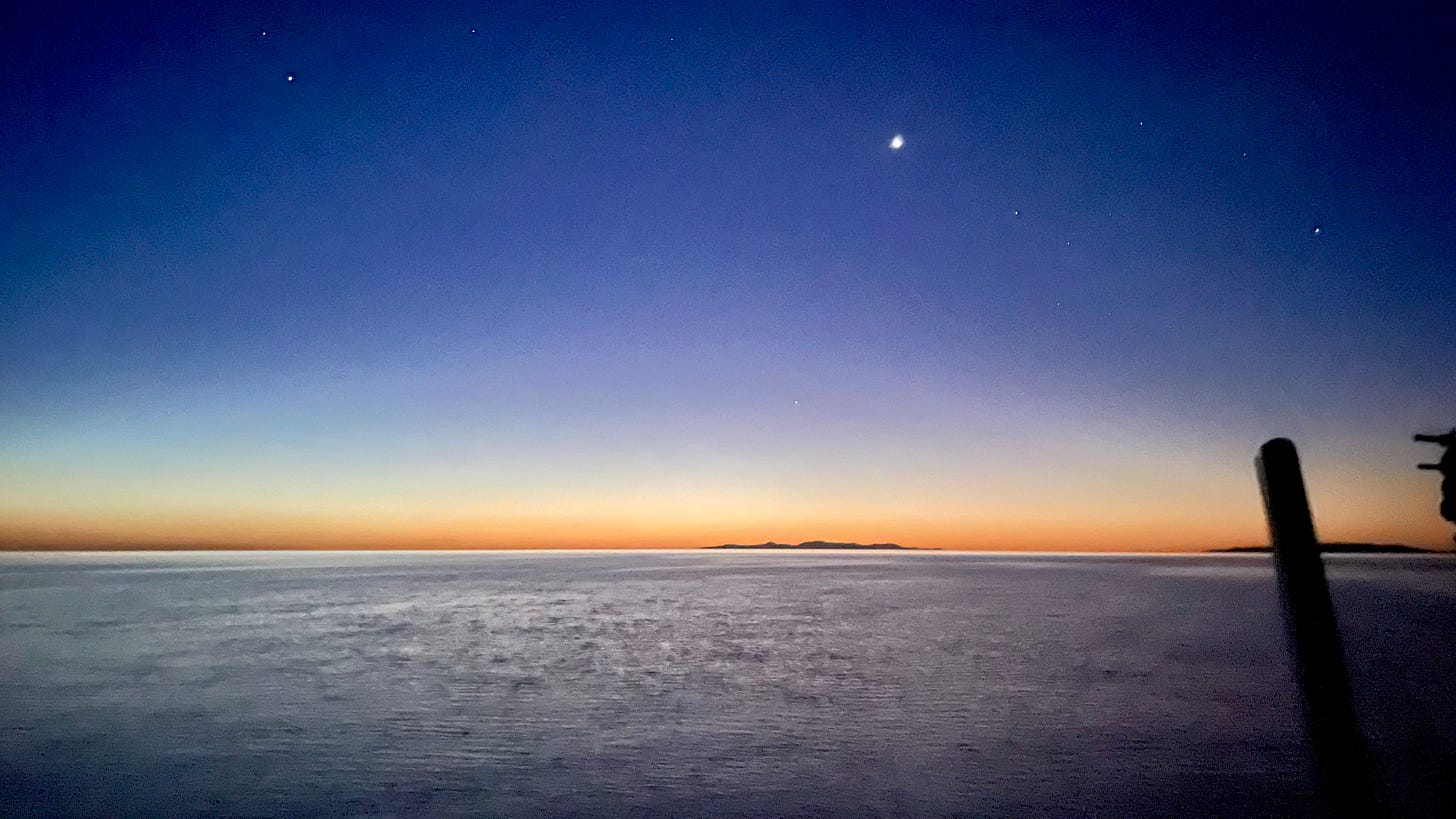
We pulled up our anchor just before the sun rose on our last day, and headed back to the mooring field to get the boat closed up for our three-week absence.
We’re almost ready to head back now. Donna has had her surgery, and everything went successfully. We’ve received the pathology results, and everything is all clear, so this whole chapter is now almost behind us!
We have two months ahead of us before we pull the boat from the water, maybe three if we decide to haul a little later, and we’re looking forward to finally getting into the groove without any outside scheduling considerations, or need to be available to telephone or computer networks for calls.
Books we’ve been reading:
The Ten Thousand Doors of January, by Alix E. Harrow. Starts out echoing Borges, but there’s a reason Labyrinths is a collection of short stories. Even so, a compelling read! If you haven’t read Labyrinths, then you have a real treat in store.
American Nations: A History of the Eleven Rival Regional Cultures of North America by Colin Woodward. This book actually made the American politics of the last forty years make sense to me. Highly recommended read! It’s quick, and surveys North American history from earliest colonial settlements through the recent past.



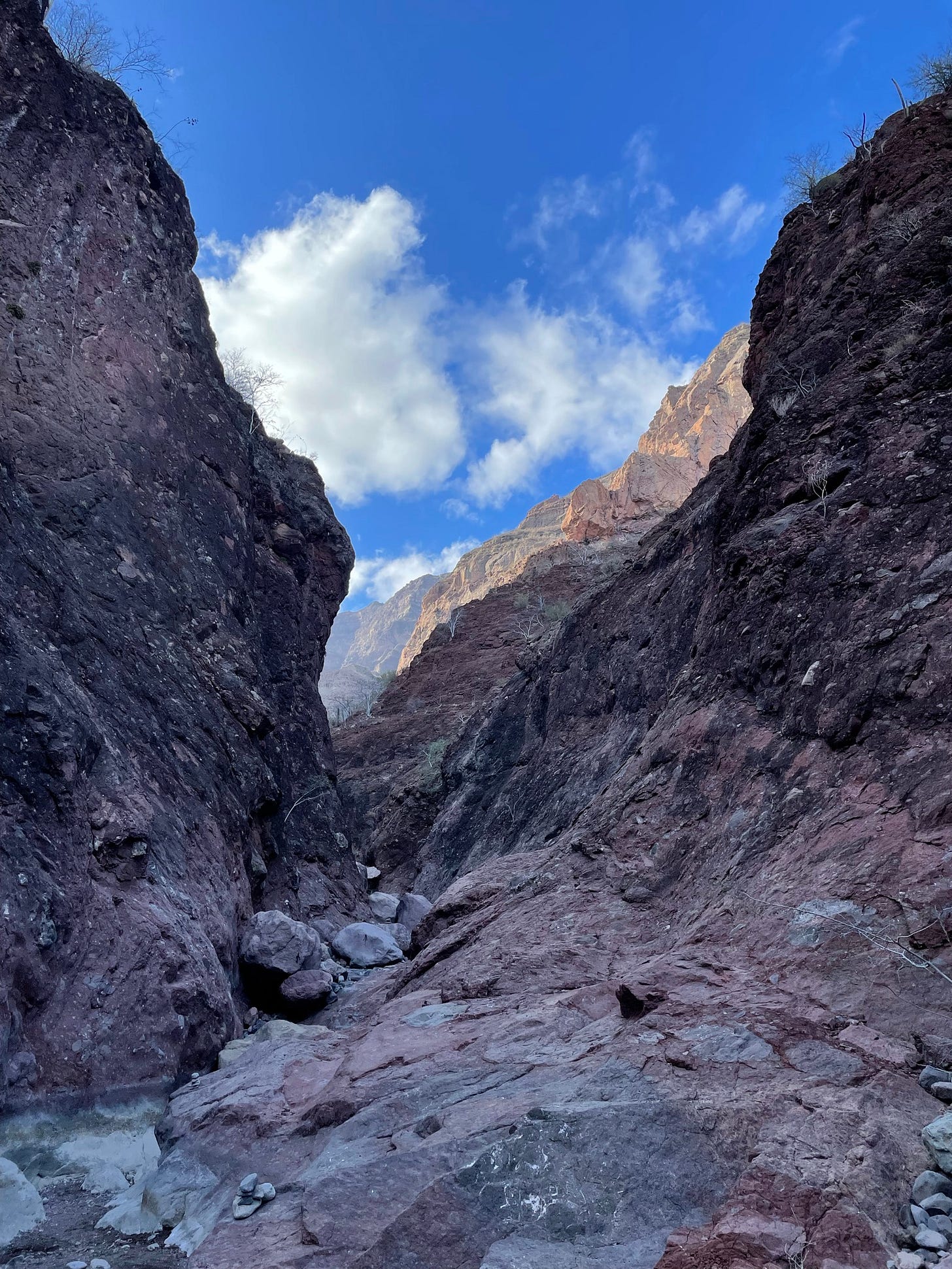
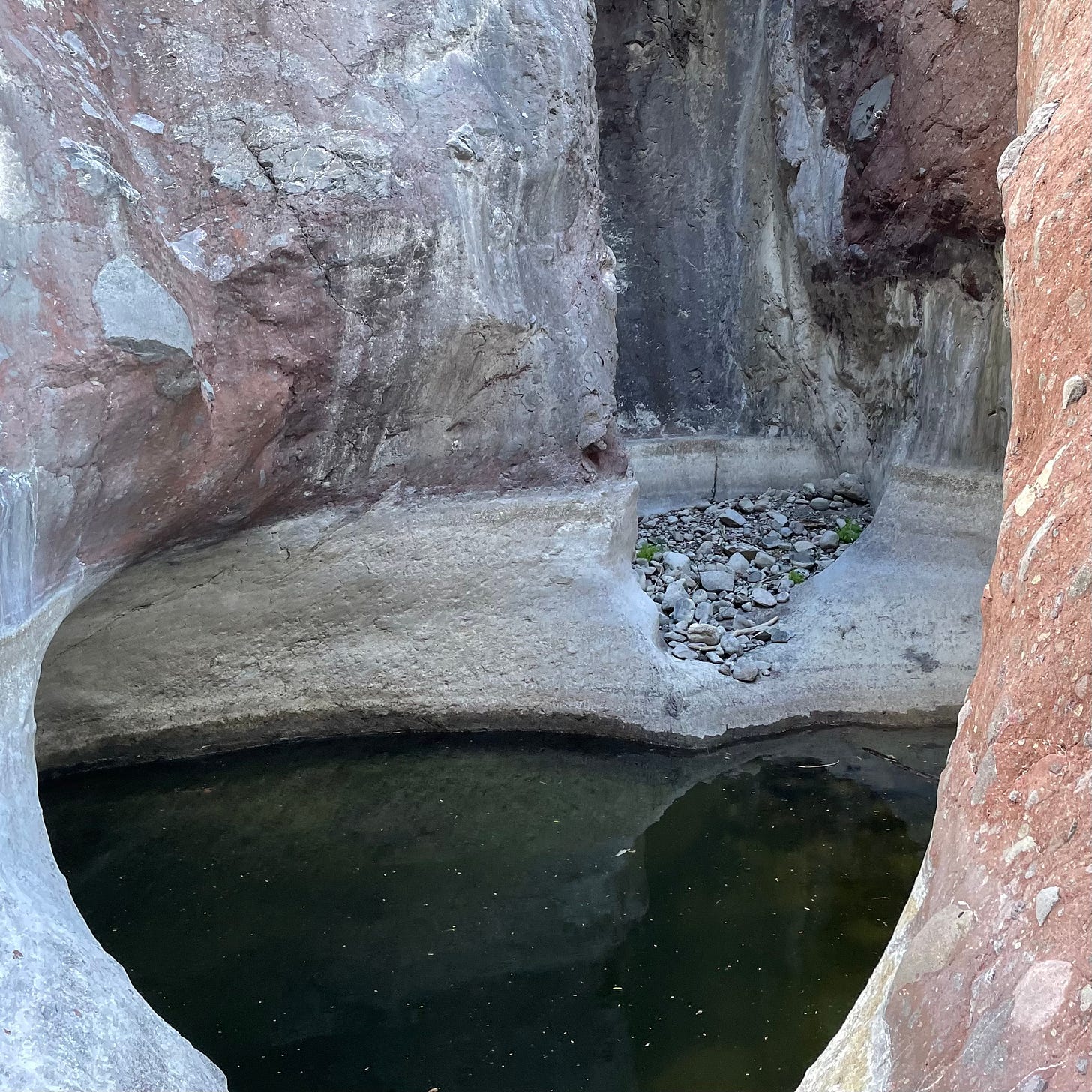
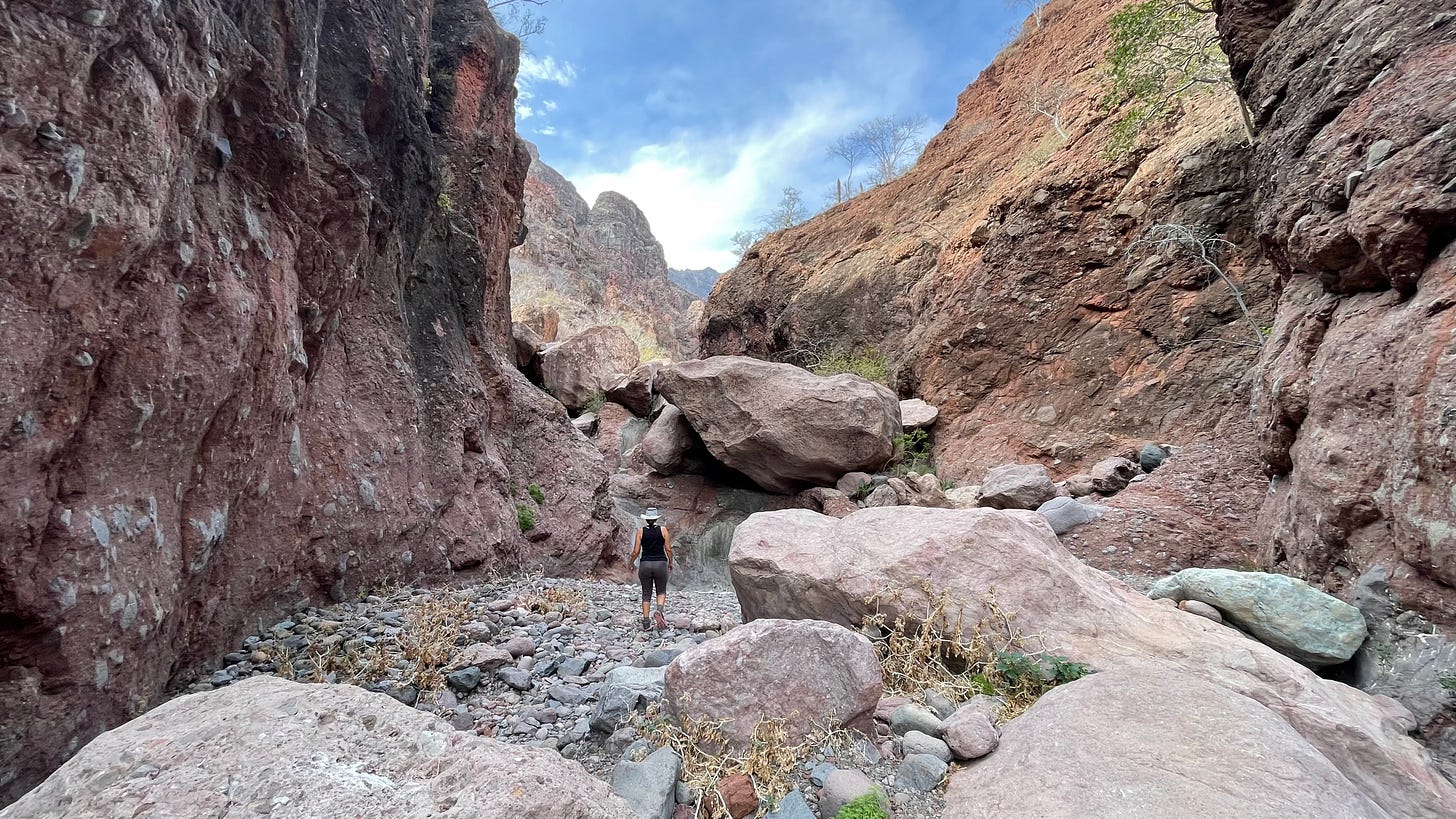

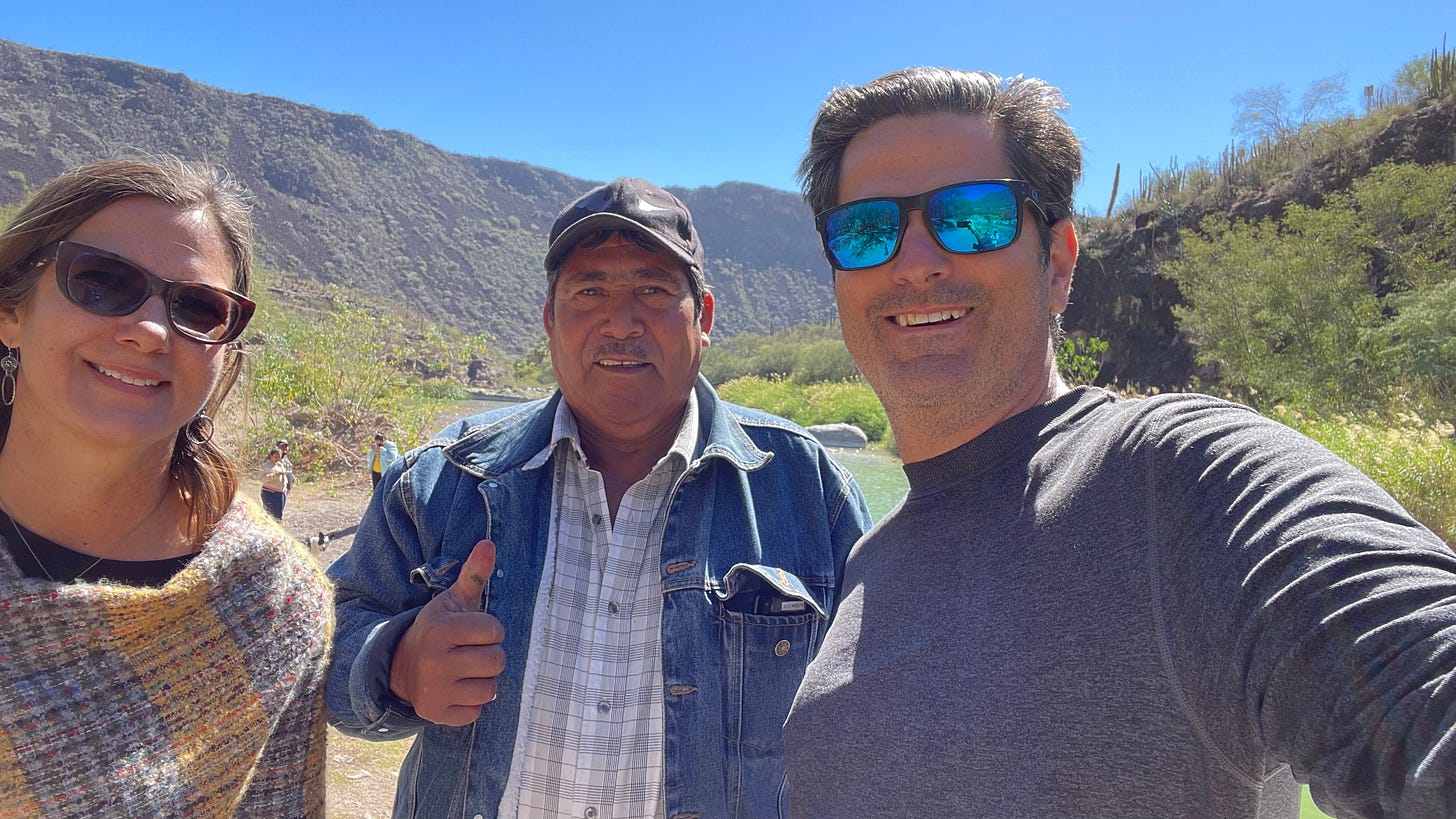

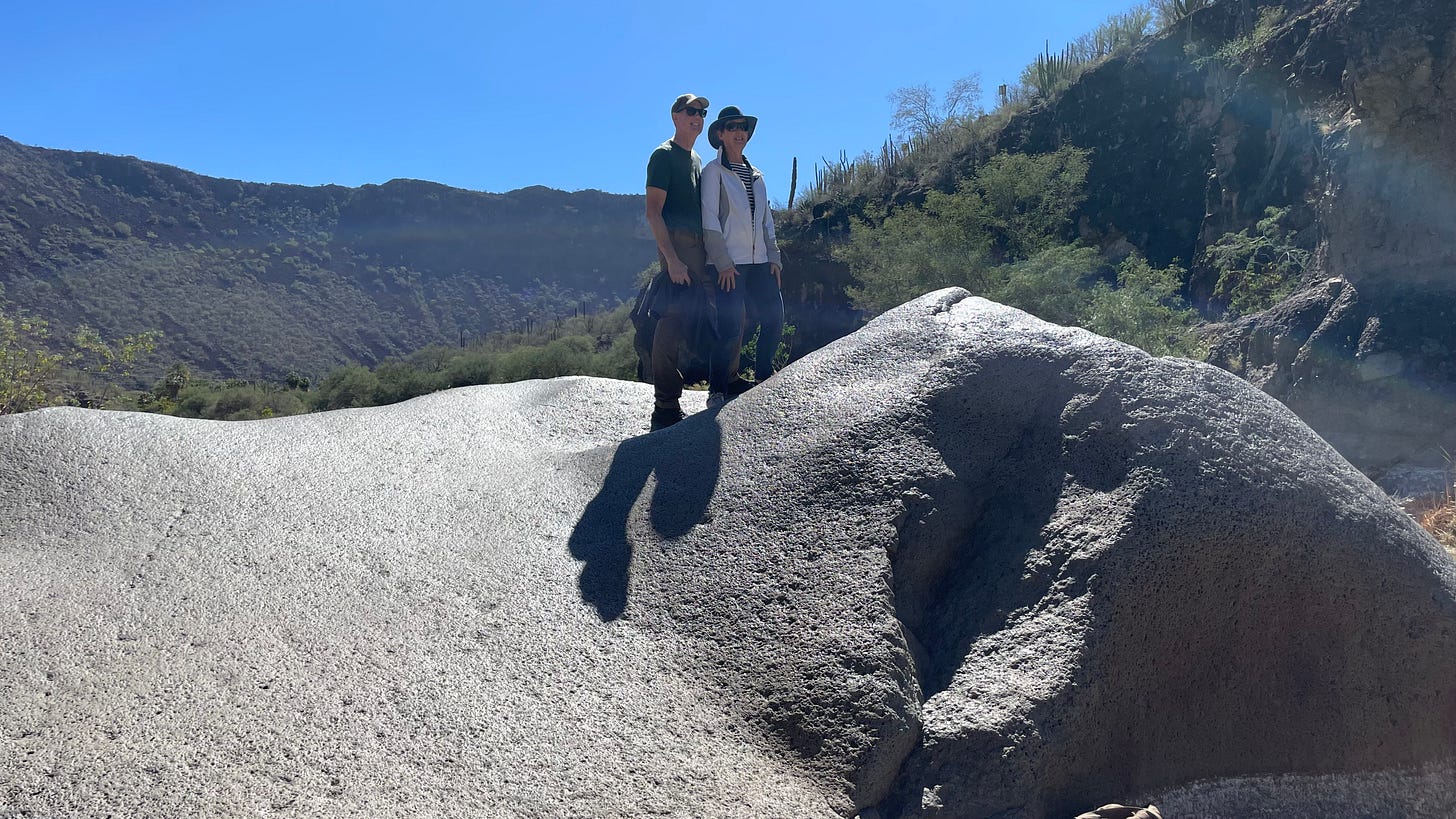




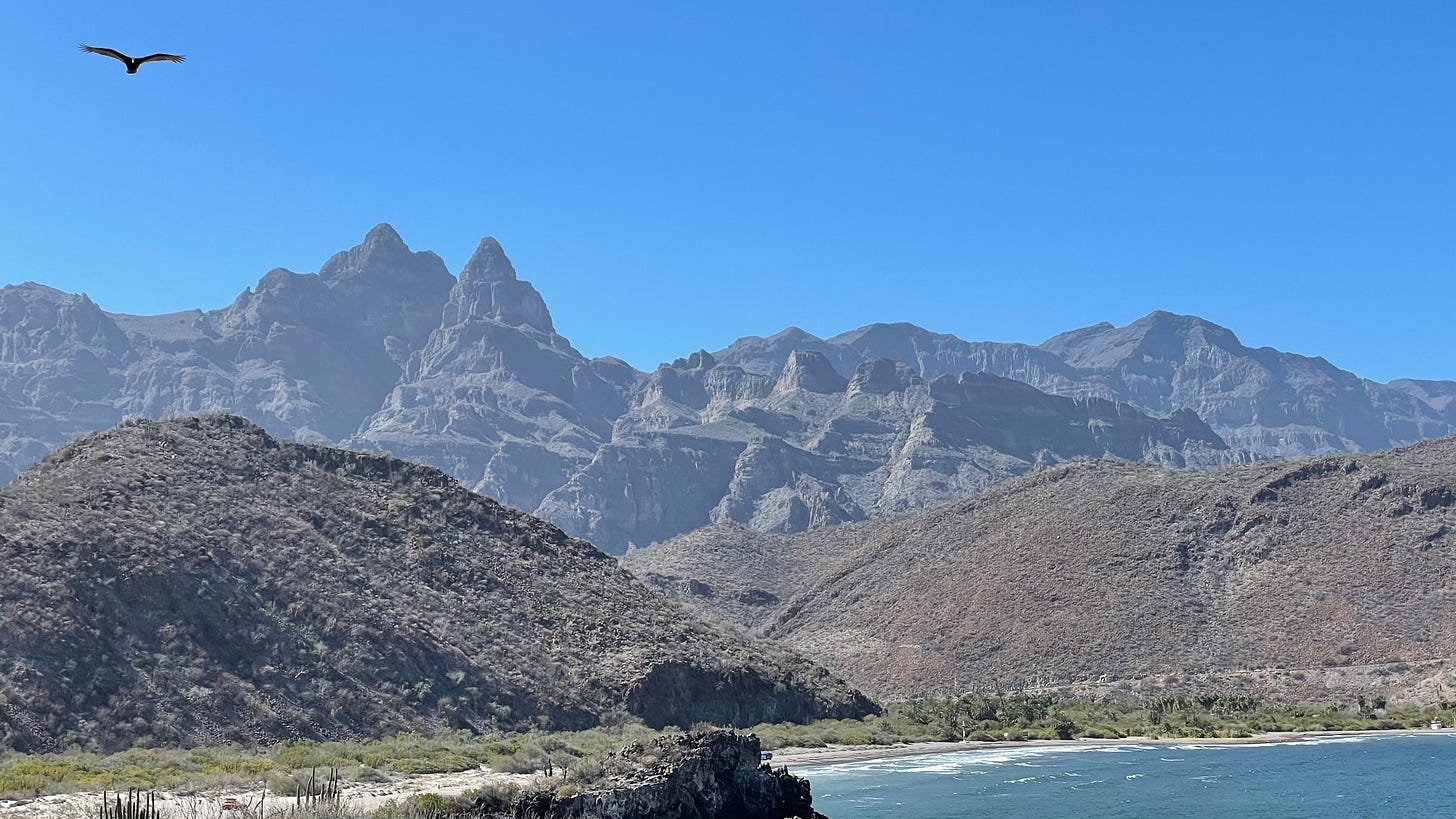


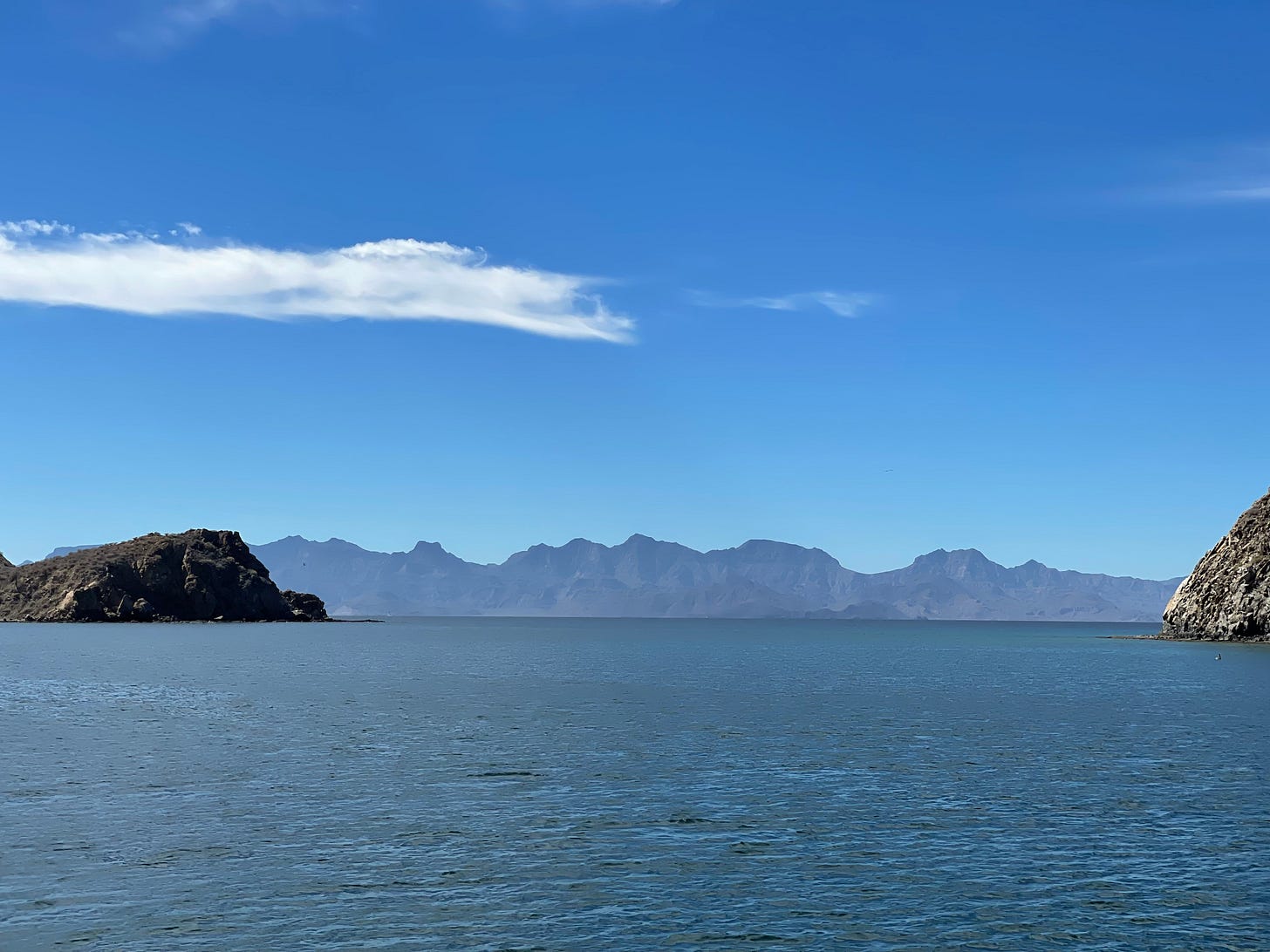
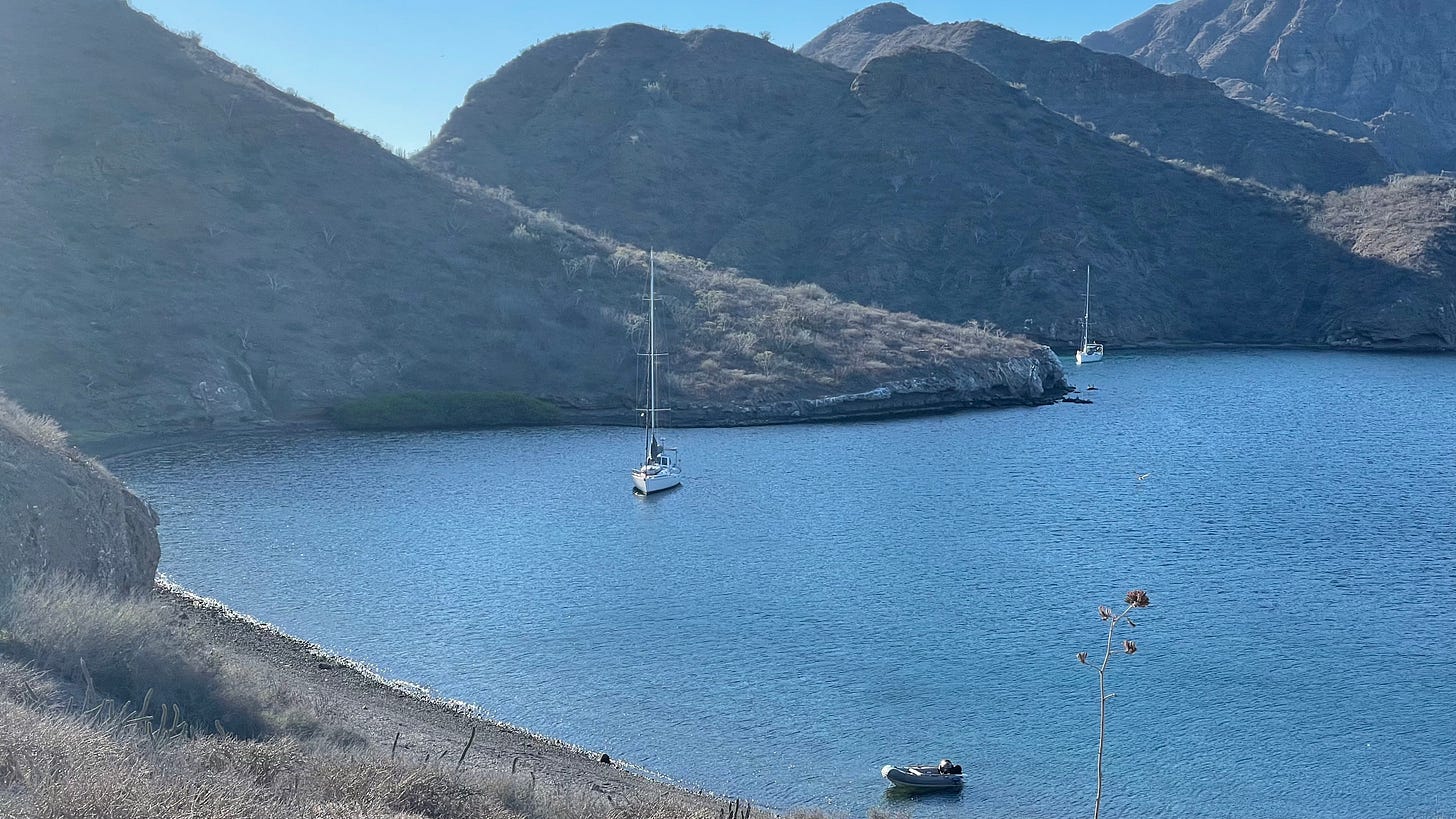
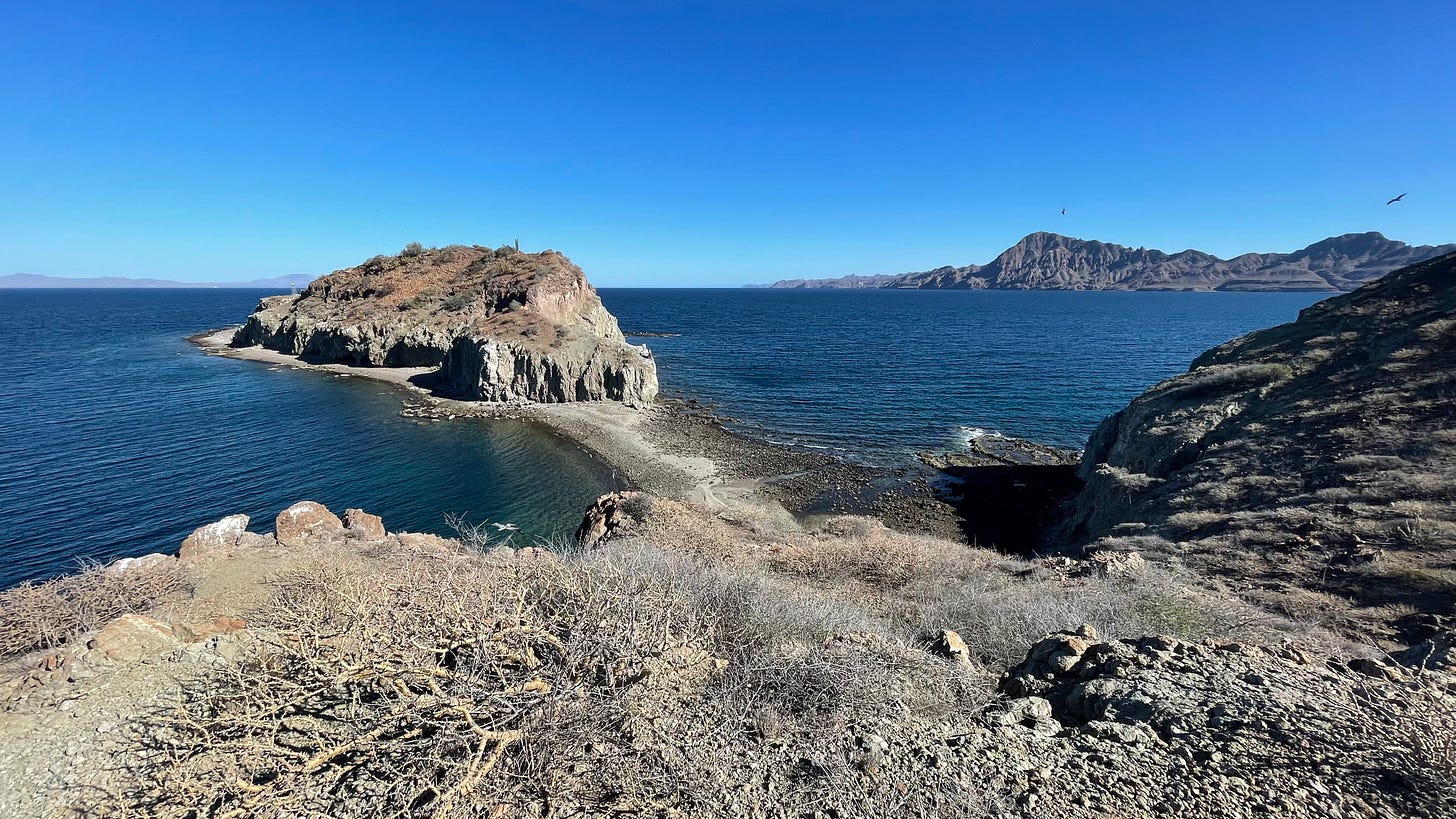
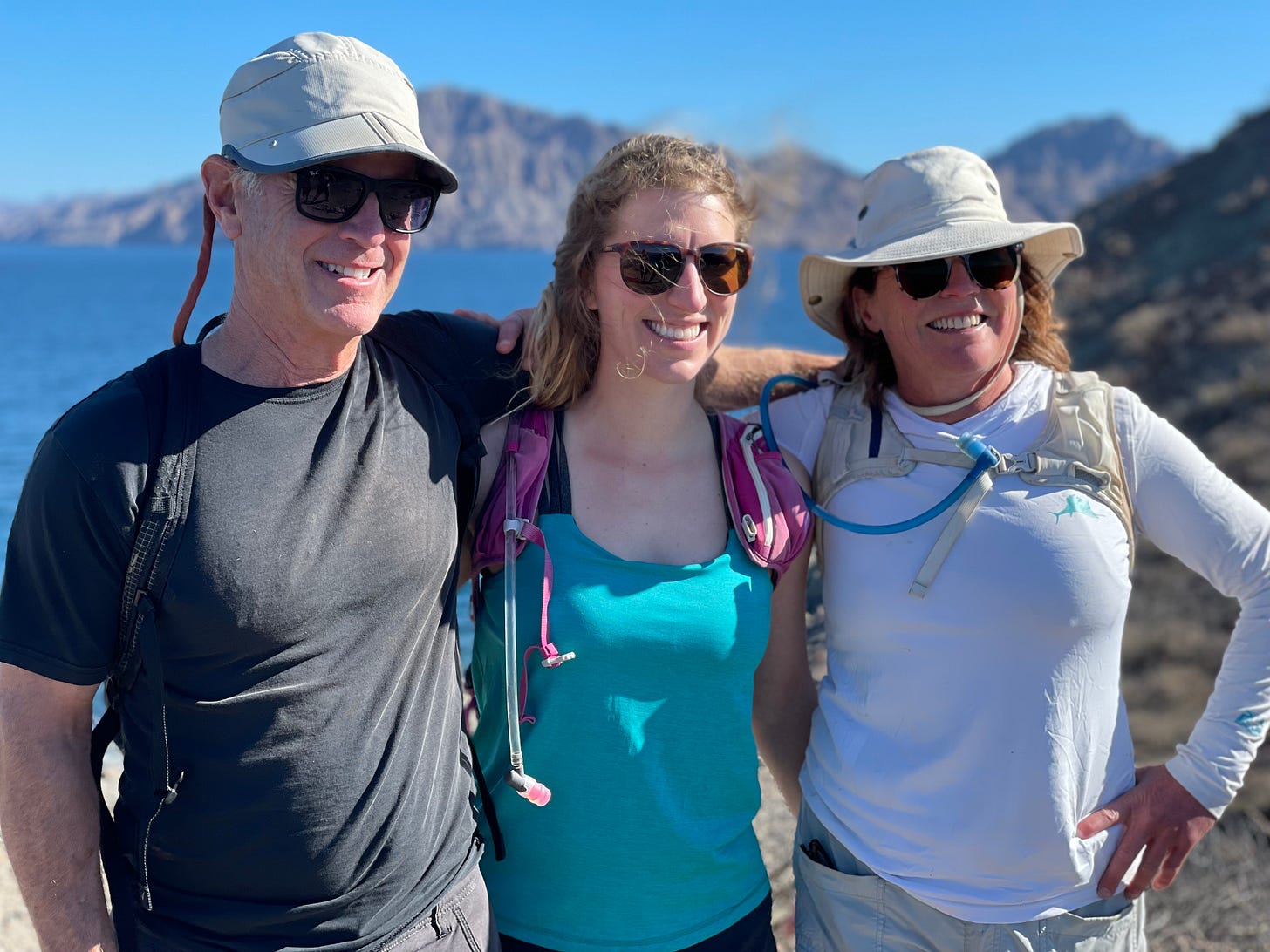


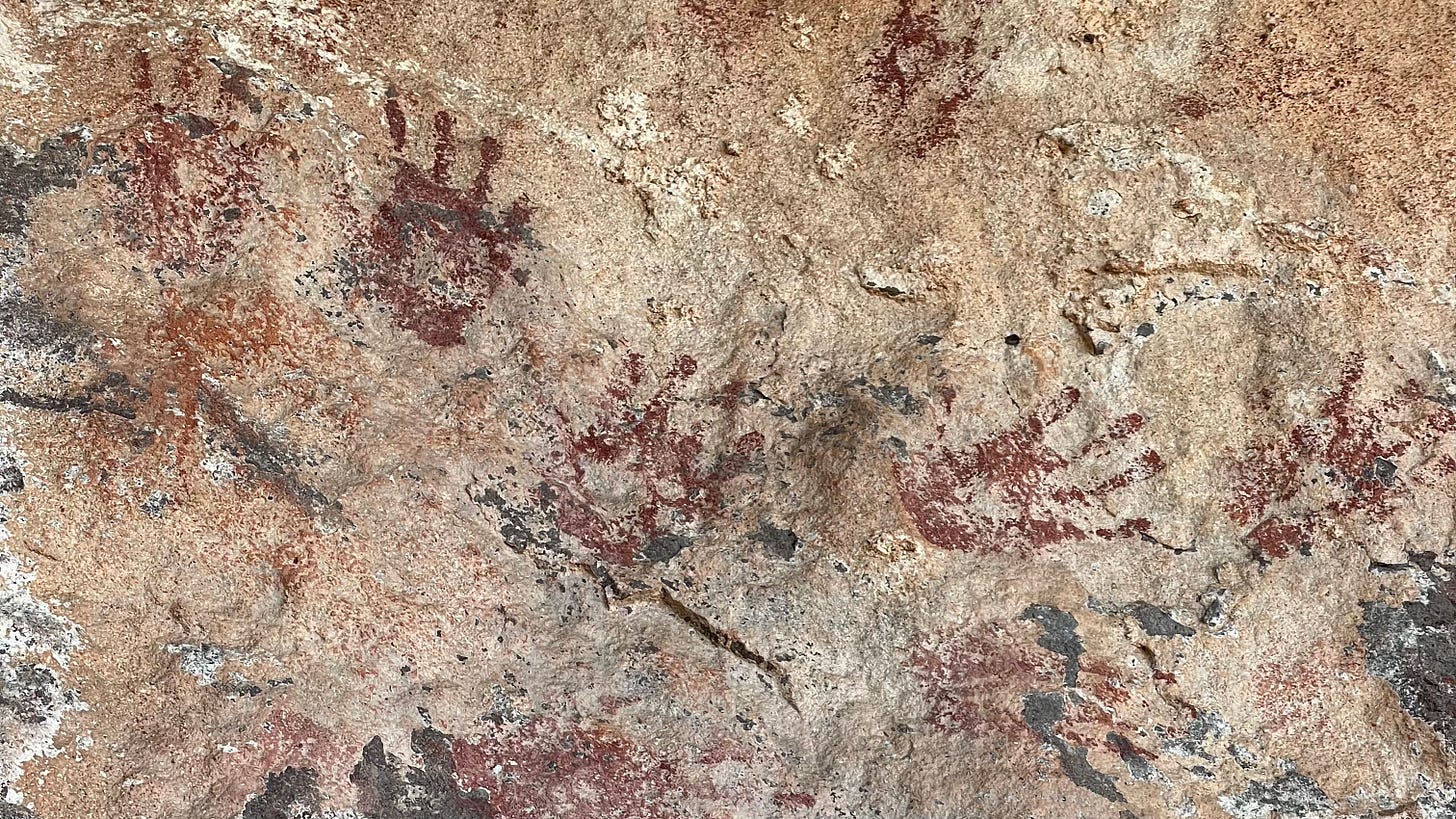
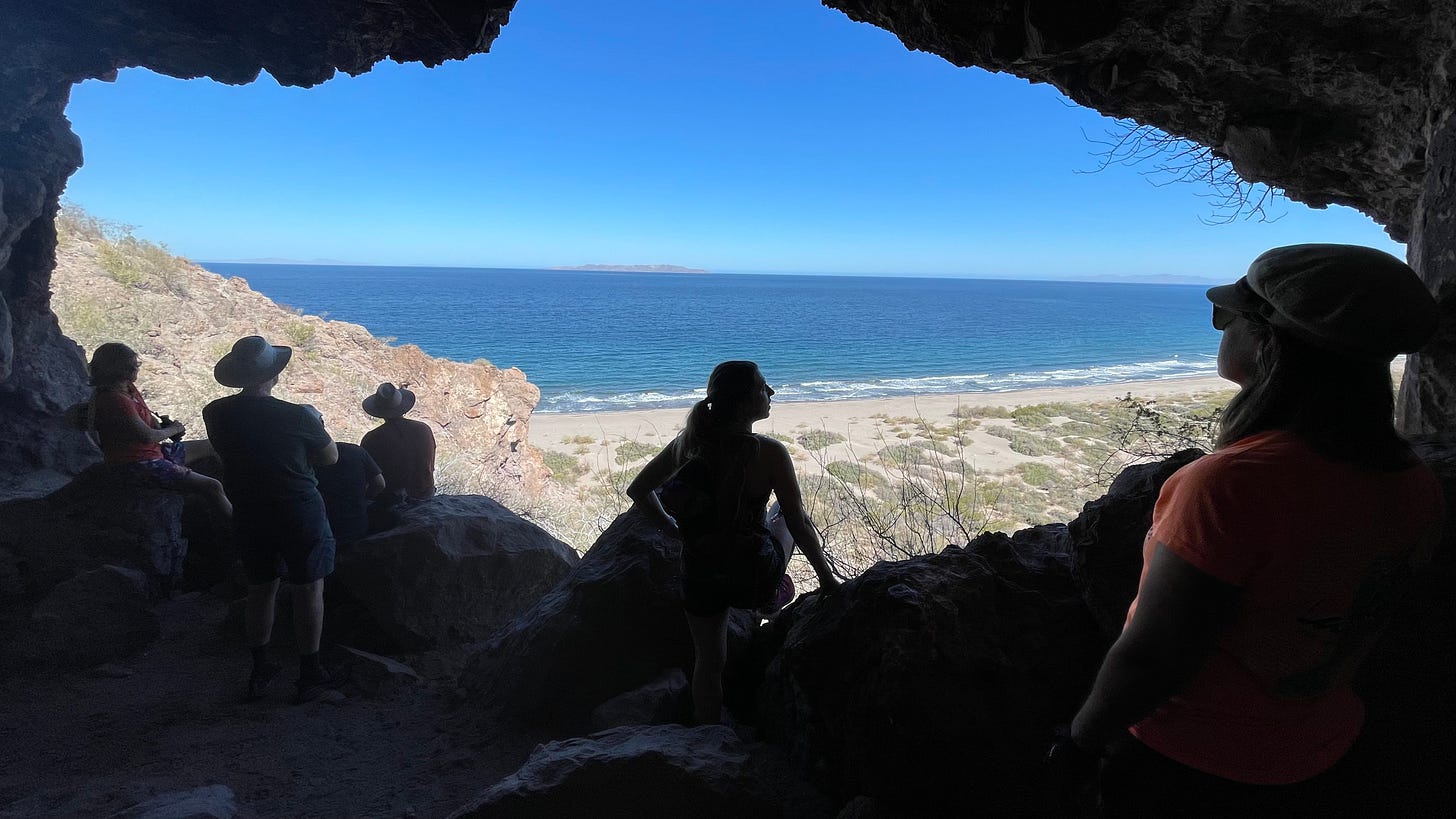
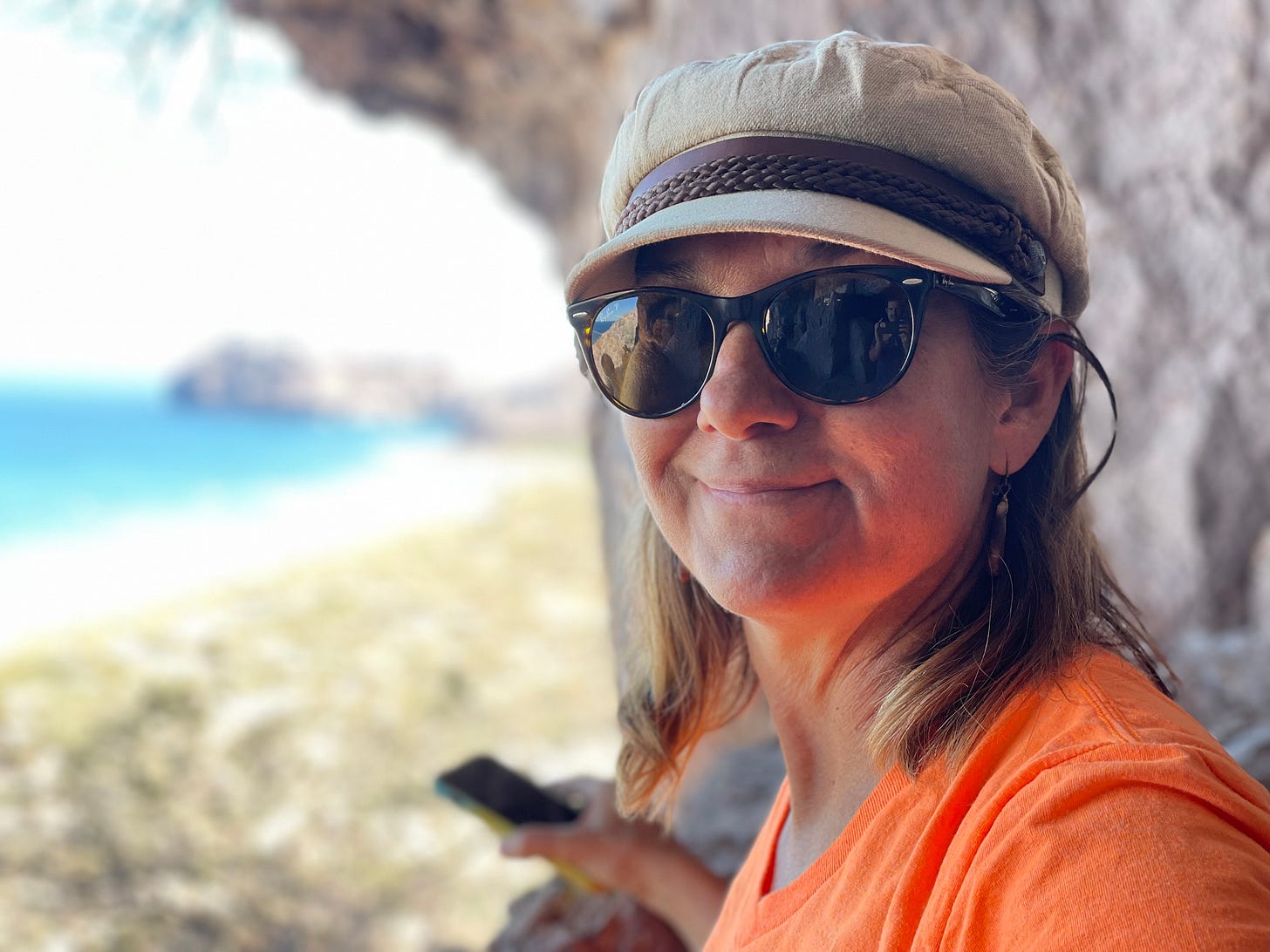

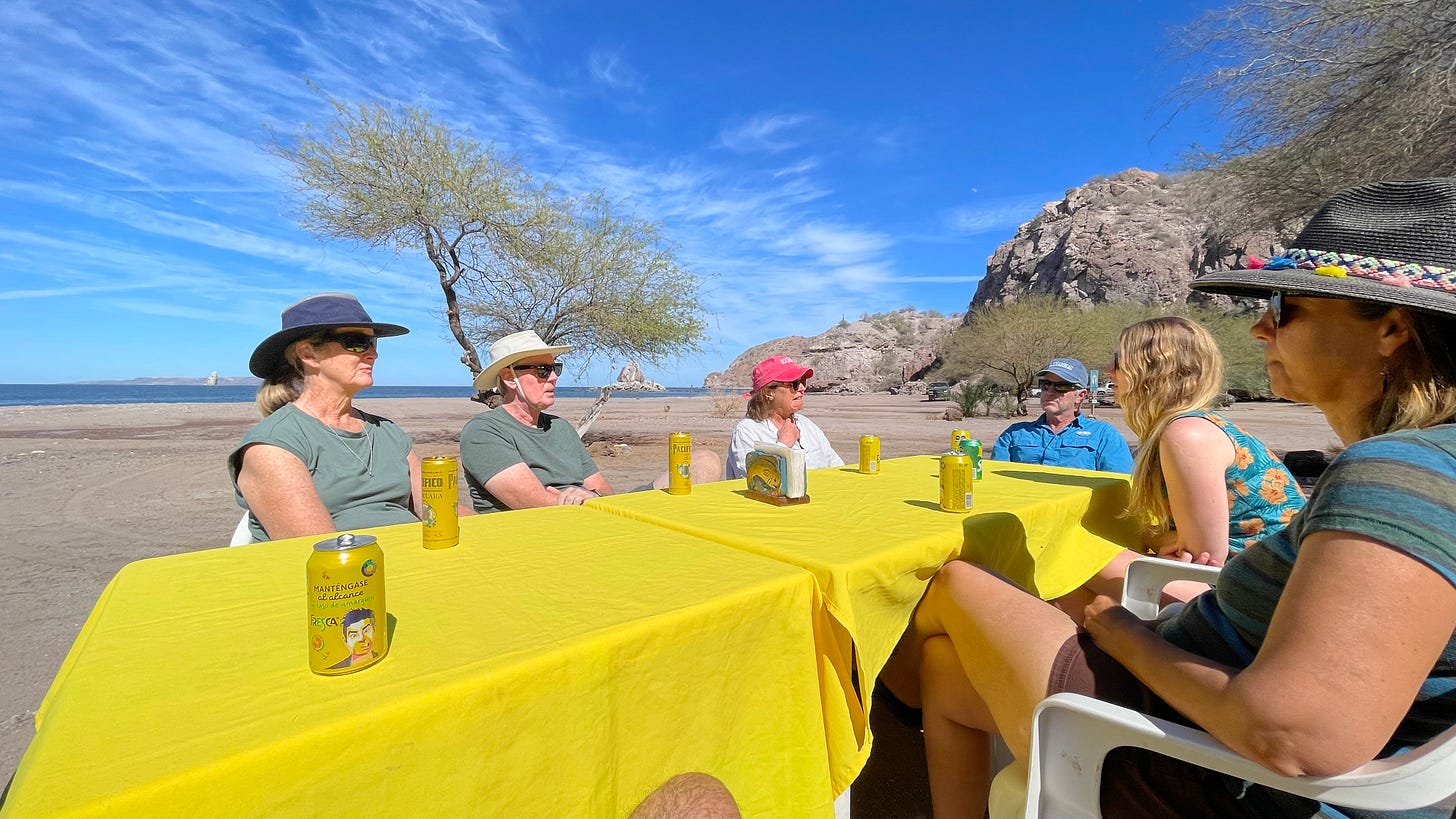

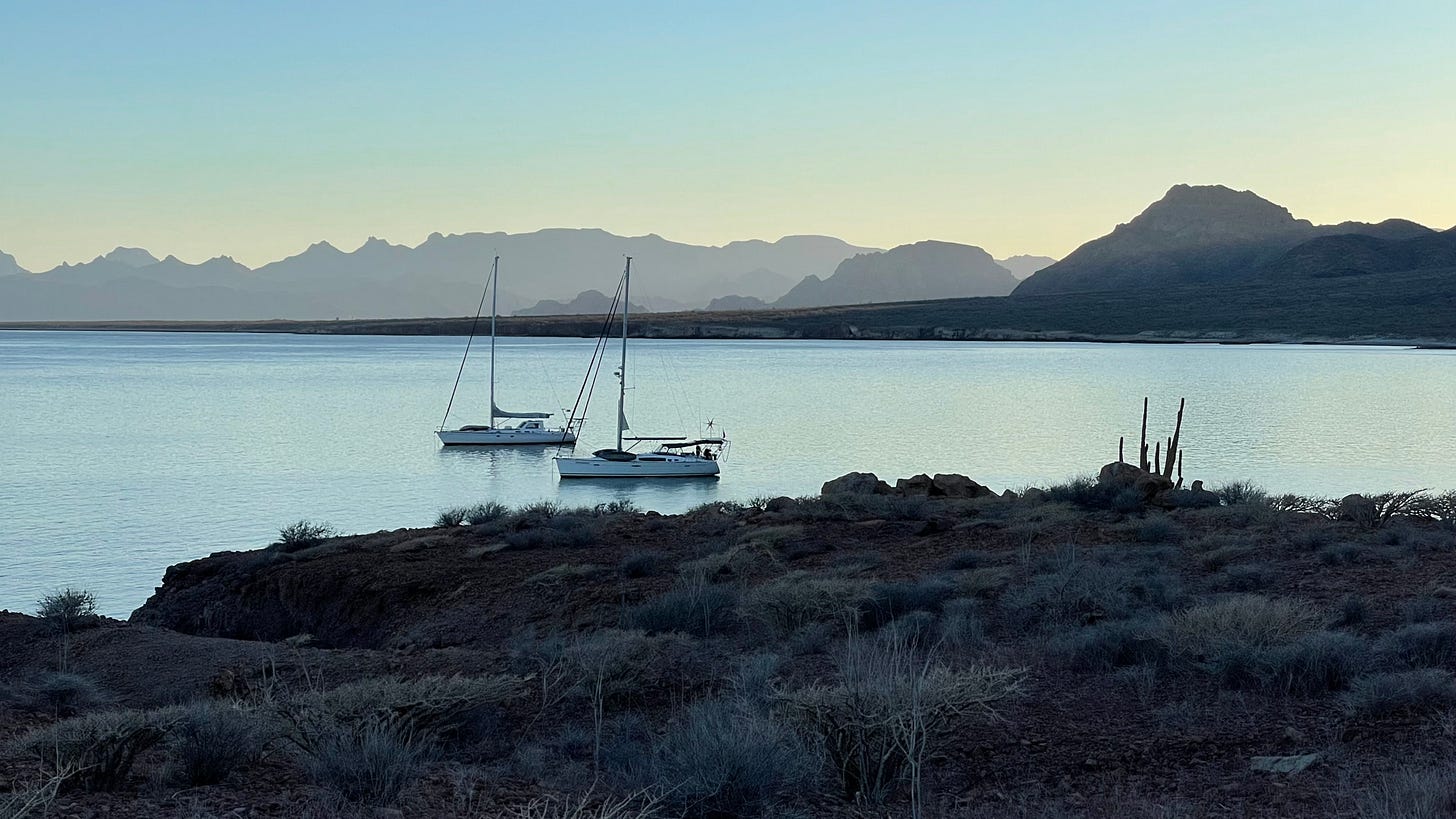

Late catching up but what a great read! Thanks for sharing Peter!
Finally catching up on this. Lovely photos, as usual. It's nice to recognize the scenery. Takes me back to our Baja days with you and the gang. Love you guys!!